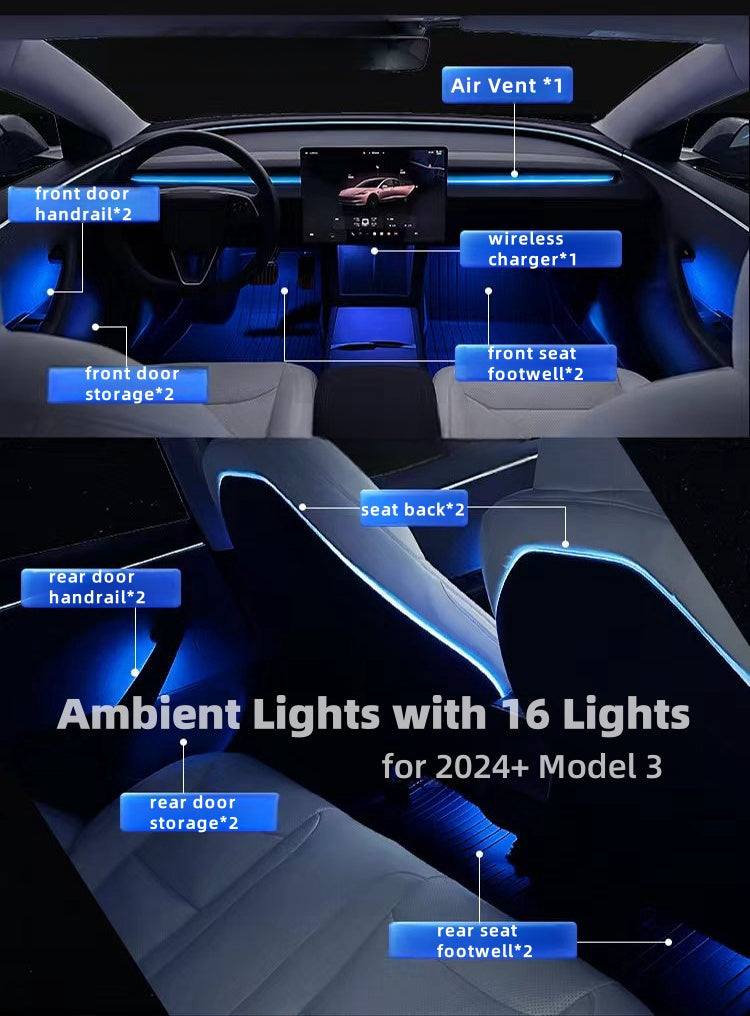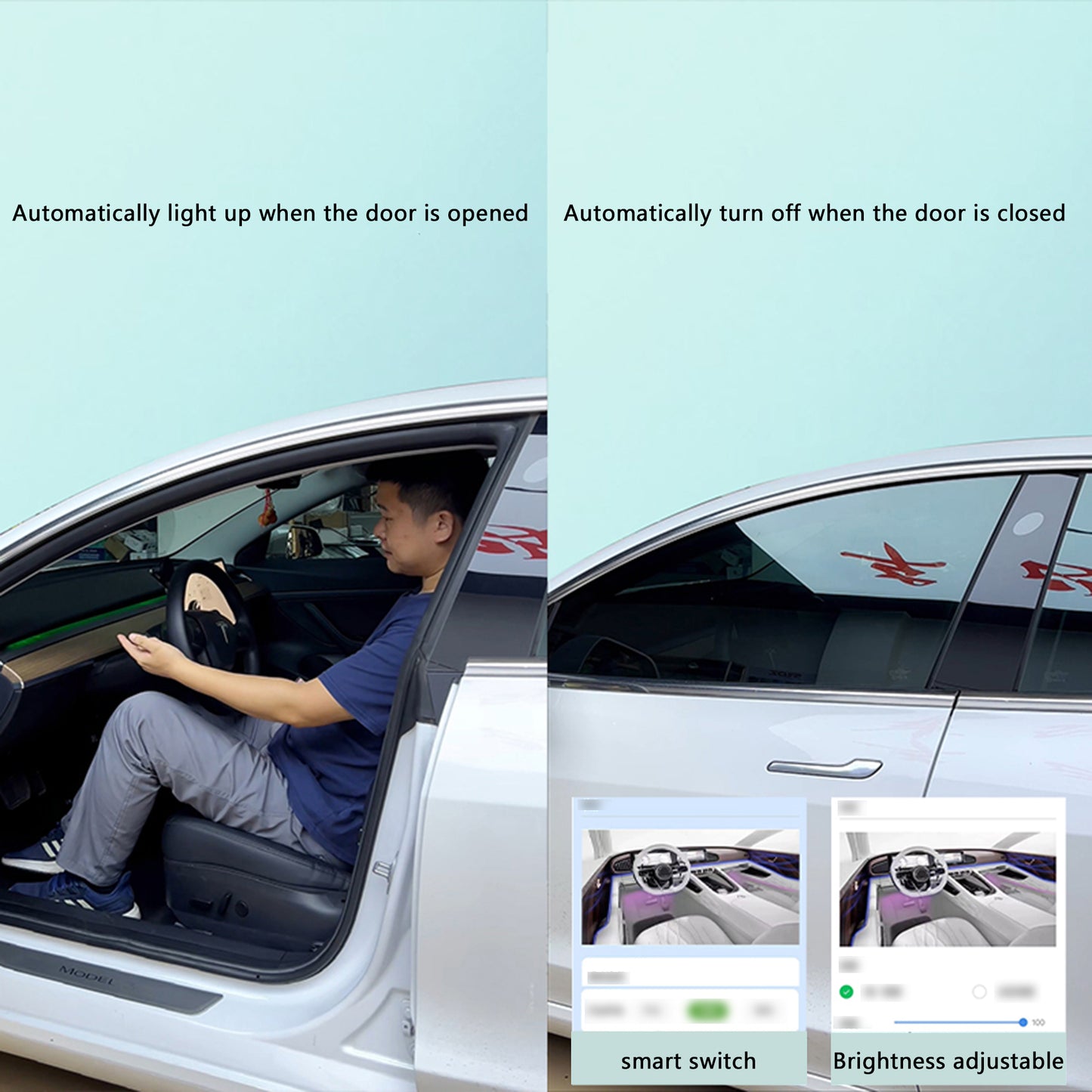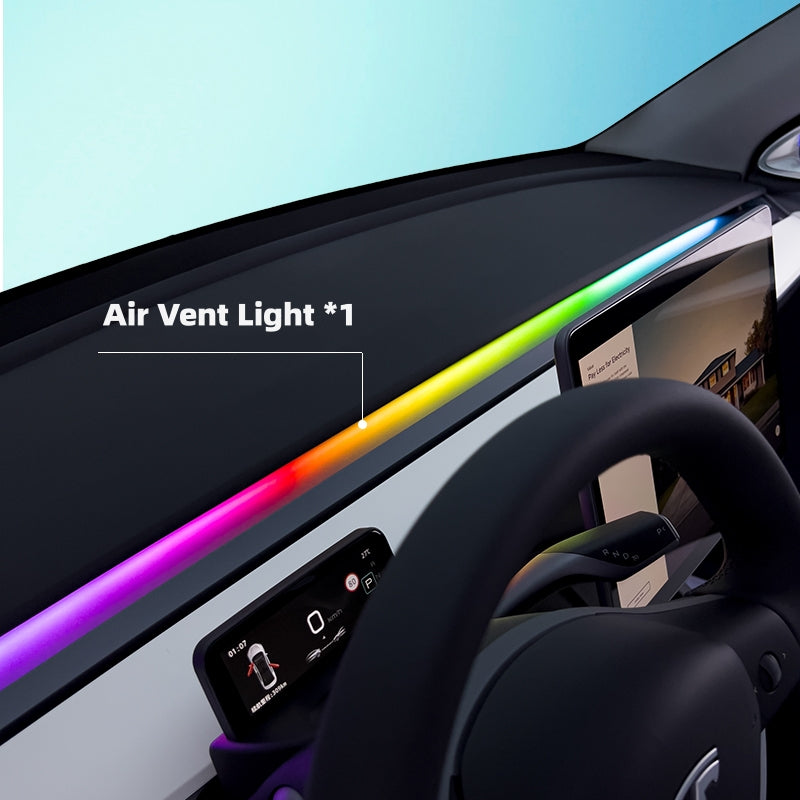
Tesla's Strides in Robotics: Towards True Autonomy
Tesla has provided a fresh glimpse into its intriguing side project, Optimus, or more popularly known as Tesla Bot, showcasing impressive advancements in the robot's capabilities. In this recent demonstration, Tesla highlights the significant strides made by its humanoid robot in tasks that might appear deceptively simple but are vital for its autonomous functionality.
One of the standout achievements is the robot's newfound ability to execute pre-defined tasks independently, devoid of external instructions. What distinguishes this development is its inherent capability to identify its own limbs, employing onboard sensors in tandem with cameras that serve as its "visual senses." This self-awareness empowers the robot to move its hands with uncanny human-like precision.
This process, referred to as autonomous self-calibration, represents a critical juncture in the journey towards autonomous robots. Interestingly, humans perform a comparable function subconsciously—constantly observing and assessing their surroundings, gauging distances, and adapting their actions accordingly. Tesla Bot is now taking strides towards emulating this.
Going beyond self-recognition and environmental awareness—demonstrated through tasks like sorting colored blocks, reminiscent of a child's play—the robot exhibits adaptability to changing scenarios. It can react when confronted with alterations made by a human or rectify its own errors, such as when an object tilts.
At the core of this capability lies Tesla Bot's end-to-end neural network. It plays a pivotal role by processing data received from its "visual senses" and limbs, directing movements without the need for human intervention. Despite its apparent simplicity, this marks the establishment of rudimentary self-awareness within an autonomous robotic entity—a foundation upon which more advanced functions can be built.
But why would an automaker venture into such a domain, particularly when it is committed to existing projects? In Tesla's case, this initiative serves a dual purpose. While it undoubtedly captures attention and generates publicity, it is also an integral part of Tesla's strategic roadmap towards future autonomous vehicles.
The principles of intelligent self-awareness that Tesla Bot is mastering are not confined to humanoid robots alone. They hold equal significance in the realm of self-driving cars, where a profound understanding of the environment and adaptive capabilities are paramount. Consequently, Tesla's decision to explore both avenues simultaneously appears prudent.
When Tesla Bot was first unveiled in 2021, critics dismissed it as yet another intriguing yet perhaps fanciful diversion in Elon Musk's entrepreneurial journey. However, the remarkable progress achieved thus far speaks volumes. Whether it evolves into a standalone consumer product, becoming a household assistant, or finds integration into specialized robotics solutions, its ongoing development holds immense promise, especially in an era marked by rapid advances in artificial intelligence.
As technological landscapes evolve and advanced language models facilitate human-like interactions, it becomes increasingly evident that these diverse components will ultimately converge into a cohesive and utilitarian whole. Tesla's Optimus, with its march towards genuine robotic autonomy, underscores the company's unwavering commitment to innovation, promising exciting prospects in the foreseeable future.
---------This article is partly excerpted from TechCrunch.














